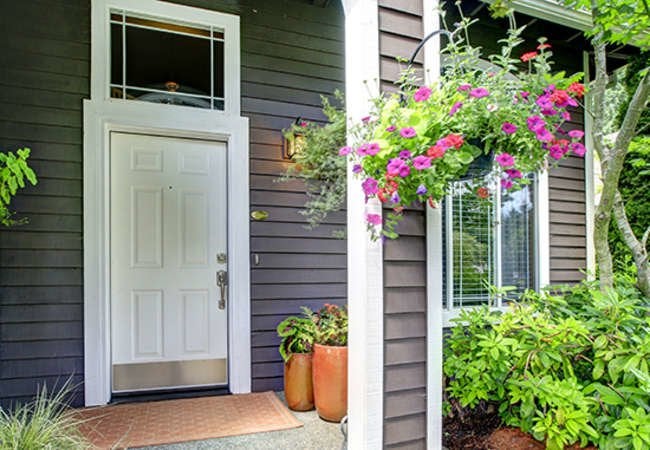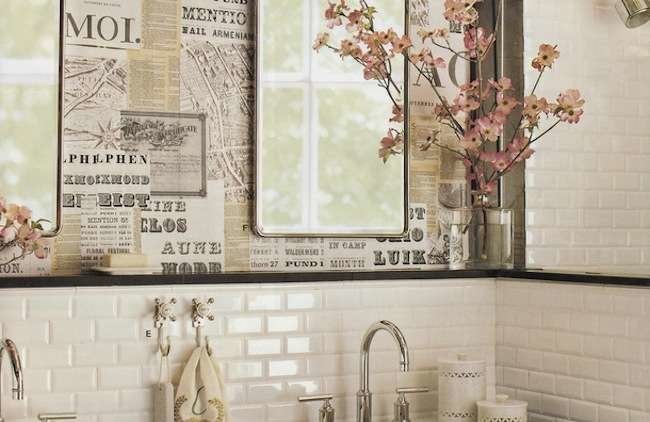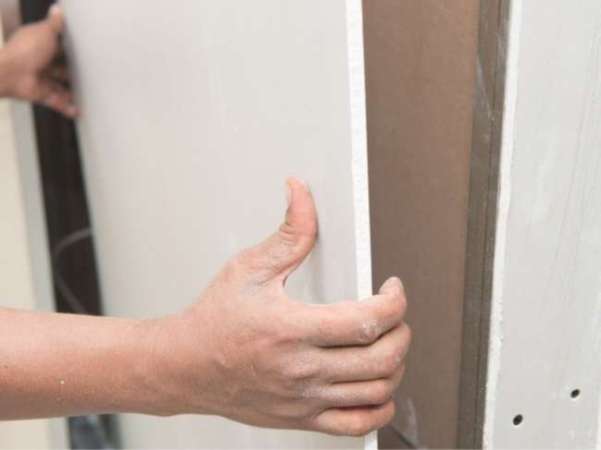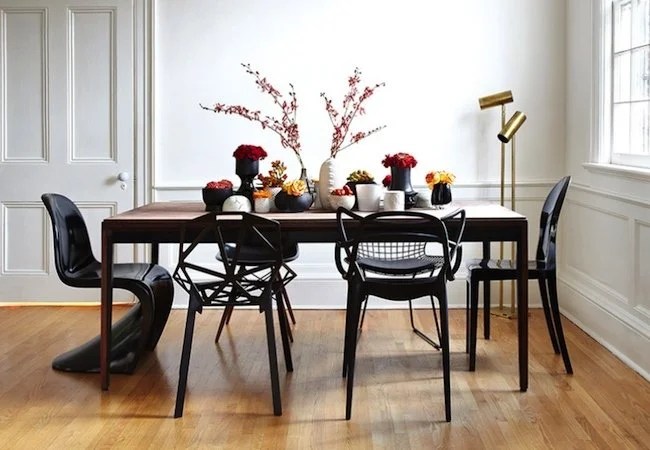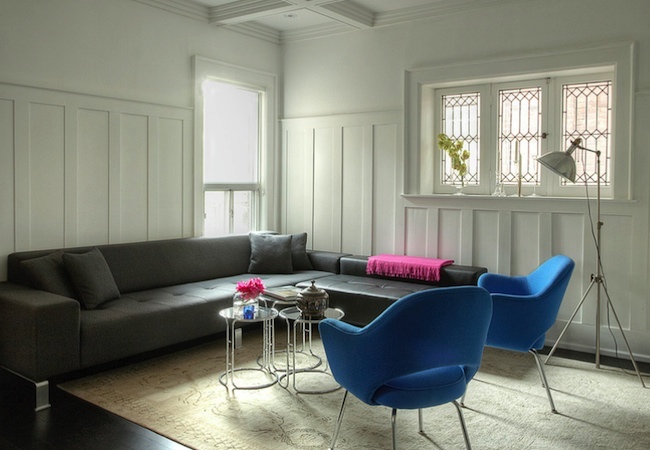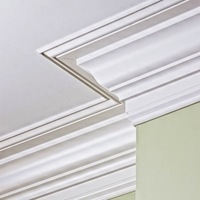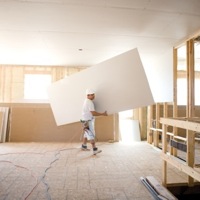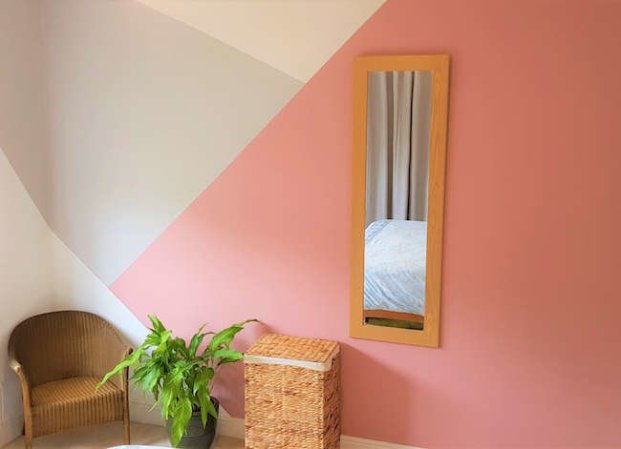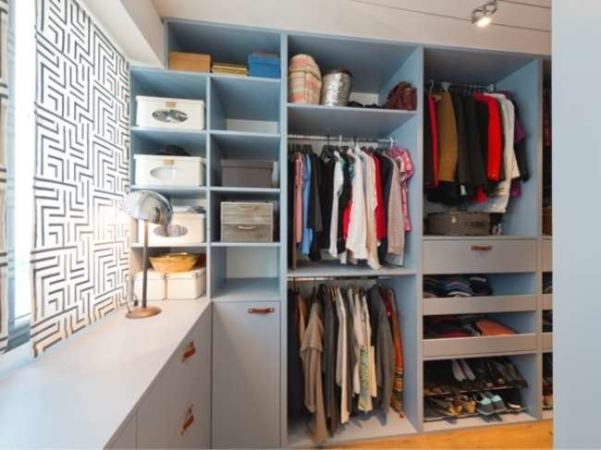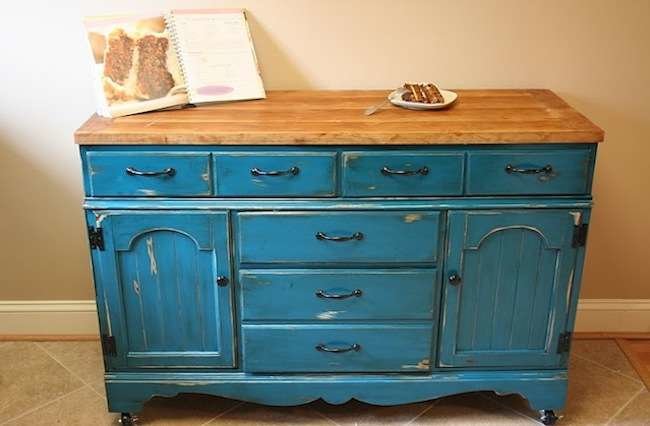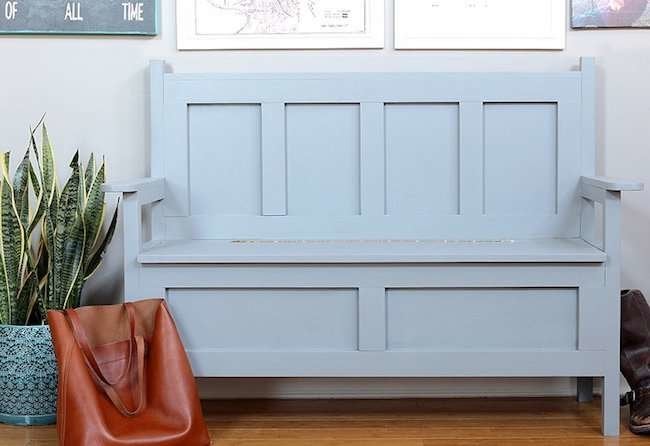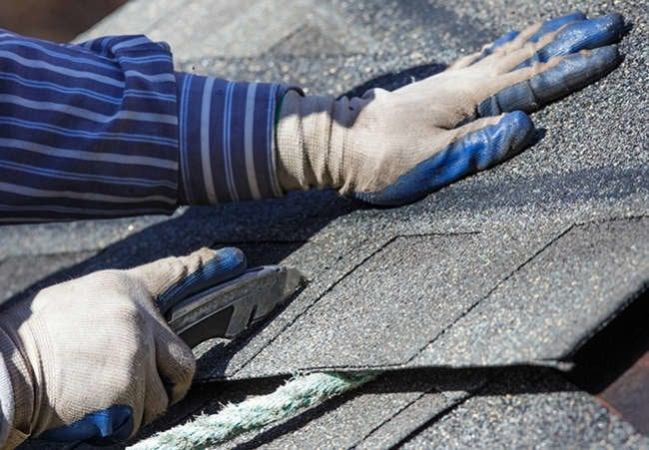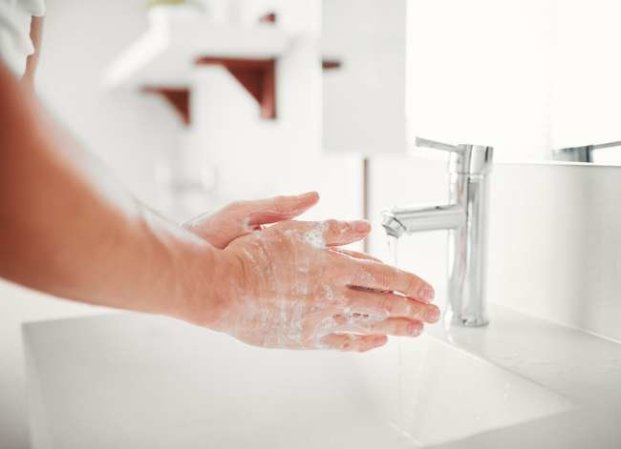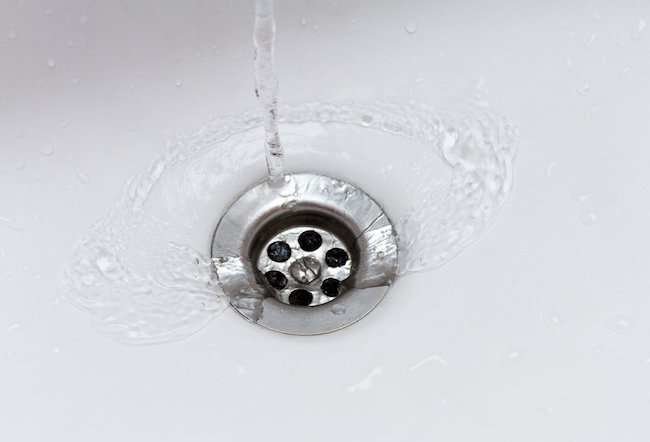We may earn revenue from the products available on this page and participate in affiliate programs. Learn More ›
Decorate with Curtains and Rugs
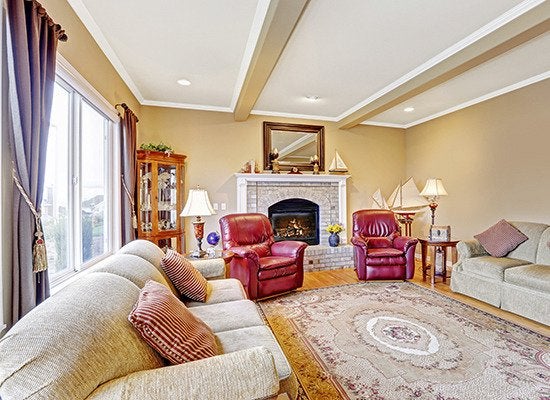
Heavy drapes are great at stopping noise transmission from the outside. Upholstered furniture, area rugs, and wall-hung quilts are viable options too. Carpets, cork flooring, and acoustical ceilings also help with sound absorption in large open areas.
Add Insulation and Drywall
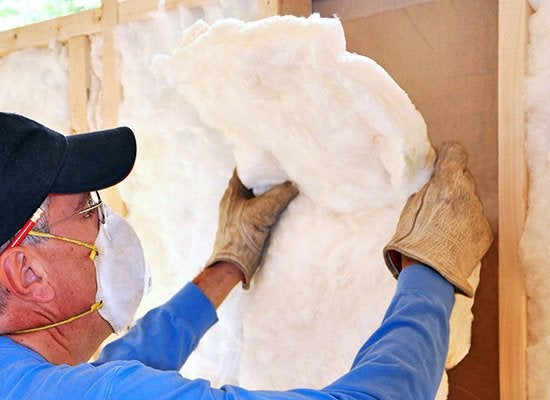
Insulation is essential in turning down the volume of daily living, and a layer or two of drywall will substantially reduce sound transmission. One effective option, QuietRock, an acoustical drywall, can reduce sound transmission by 25 to 40 percent compared with a wall built with standard drywall.
Try Sound-Dampening Underlays
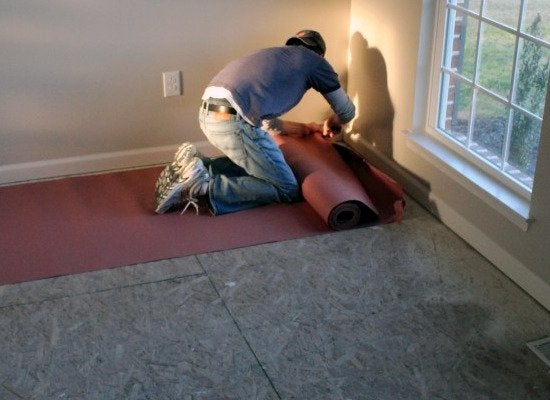
Sound-dampening underlays can limit noise transmission from the floor. The dense sheets are rolled over the entire floor, underneath the top layer of flooring, and taped along the seams. There are sound-dampening underlays for just about every floor type, so be sure to choose the correct one.
Weatherstrip Windows
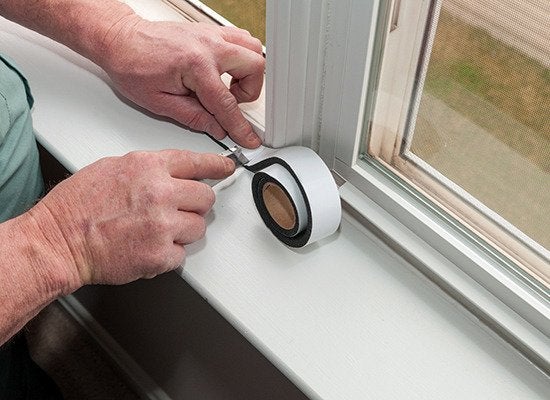
Windows and doors tend to be the weakest link in your sound defense. Weatherstrip all points where sashes meet jambs, headers, and sills. In addition, fill any tiny gaps around moldings with an acoustical caulk sealant.
Install Solid-Core Doors
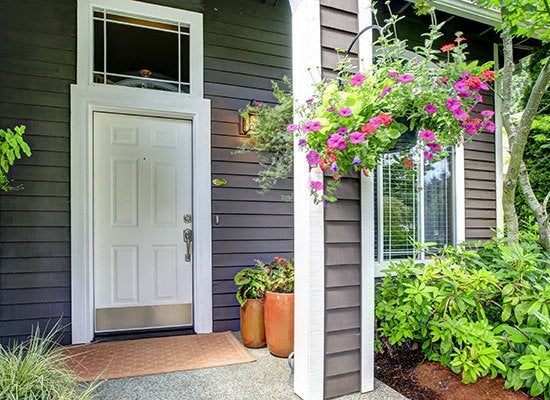
Solid-core doors offer better insulation from sound than hollow-core doors. A well-fit solid door will significantly reduce sound transmission, but it will not completely wipe it out. To complete the job, seal all the gaps around the door at jambs, header, and sill.
Apply Duct Wrap
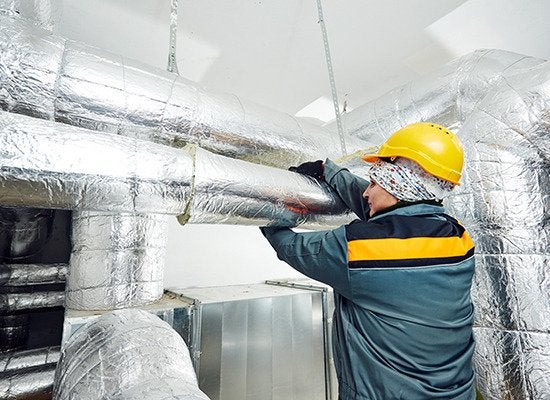
Plumbing can cause a considerable amount of noise in your home. While the sound of water running through pipes is unavoidable, you can cut the noise in half with just a little insulation. Similarly, duct wrap will tone down the whoosh of air rushing through ducts.
Adopt a Shoes-Off Policy
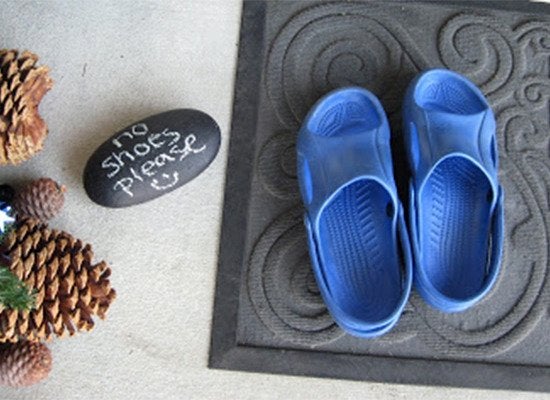
There’s nothing more irritating than the sound of hard-soled shoes clacking against hardwood floors in the middle of the night. Remove your shoes at the front door and keep a supply of slippers by the entryway for friends and family.
Opt for a Quiet Dishwasher
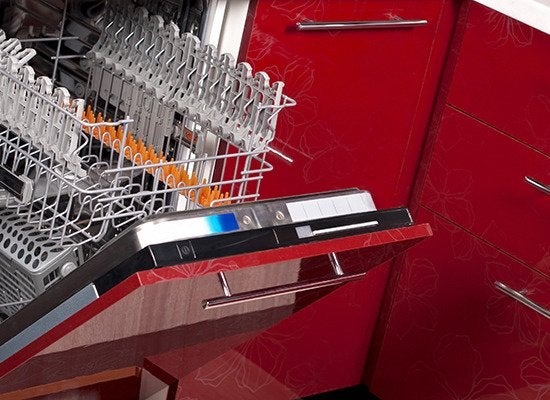
Before buying appliances and outdoor power equipment, check out the sound rating—measured in decibels, or dB for short. A quiet dishwasher might have a rating of 45 dB, while a dishwasher with a dB rating of 55 would be about twice as loud.
Use Sound Reduction Pads
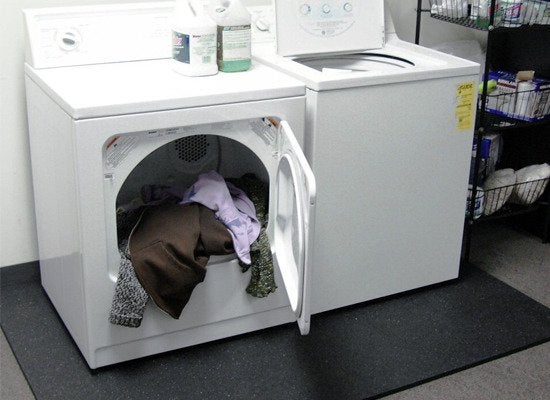
Put rubber pads under countertop appliances to add a cushioning layer between the motor-driven machine and the hard surface, cutting down on noise. The same can be done for other household appliances, from air-conditioning units to washing machines. There are many options, including rubber, neoprene, and cork sound-reduction pads.
Fix Squeaky Floors
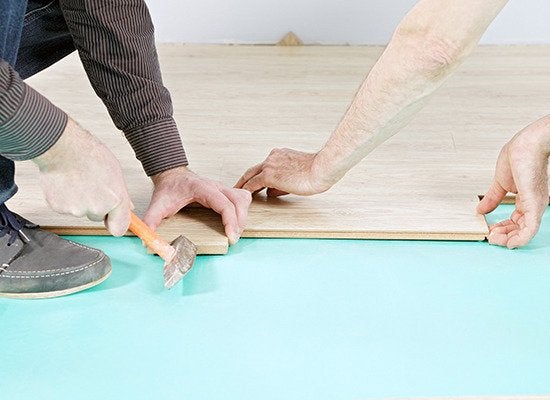
Squeaky floors can be a noisy irritant. For a long-term solution, tighten up the floor to prevent floor boards and treads from rubbing against other boards and creaking. You could also try installing an isolated floor over the existing floor.
Switch to a DC-Powered Garage Door Opener
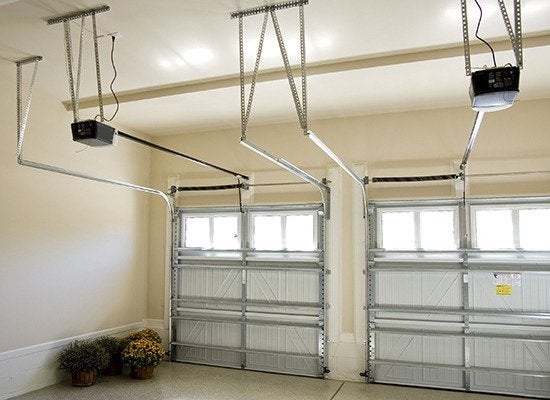
Automatic garage doors can generate a staggering amount of noise. Direct-drive openers with a direct-current motor have fewer moving parts, and the DC technology allows soft starts and stops, all of which contribute to a quieter opening system.
For More…
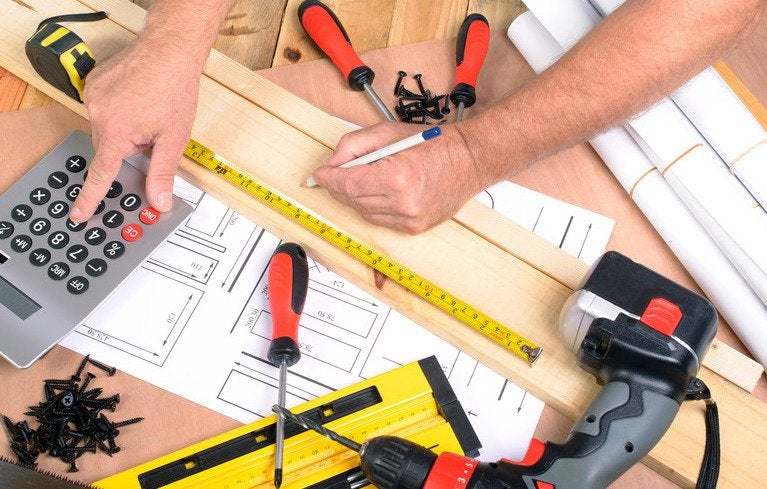
If you’re interested in more home improvement projects, consider:
20 Insanely Easy 60-Minute Home Improvements
10 Fall Home Maintenance Musts
Friday Night at the Movies: 12 Must-See Home Improvement Flicks

